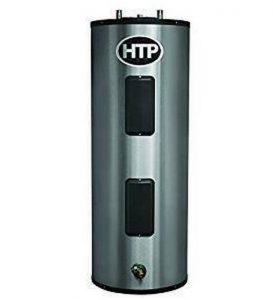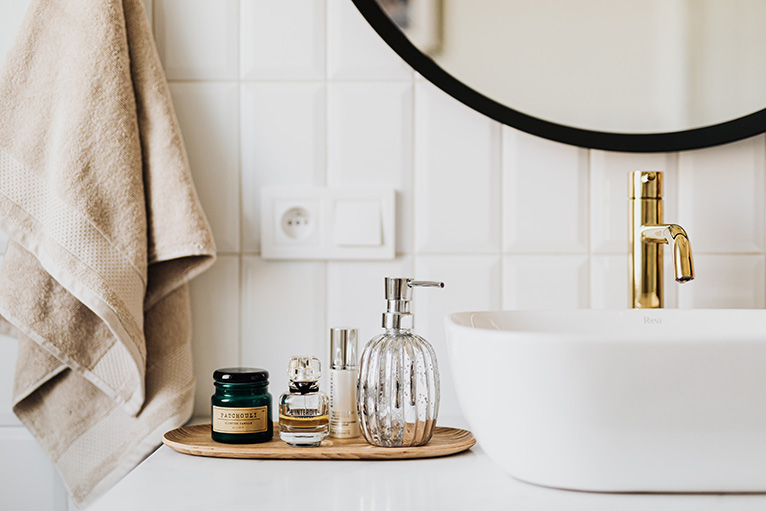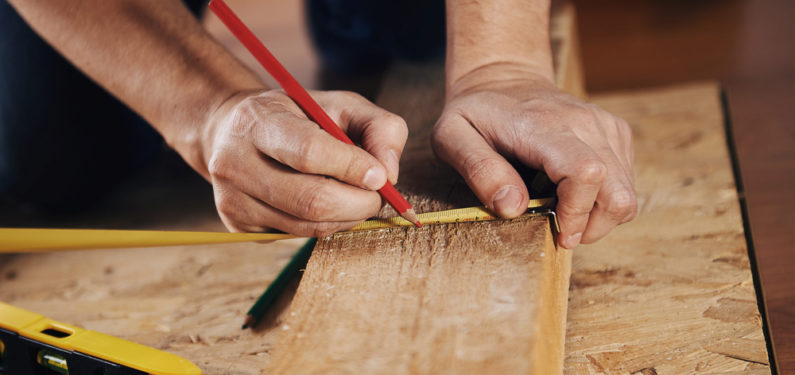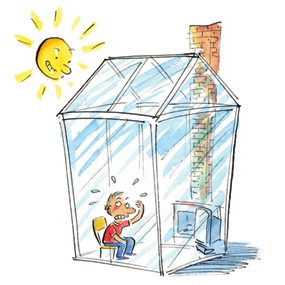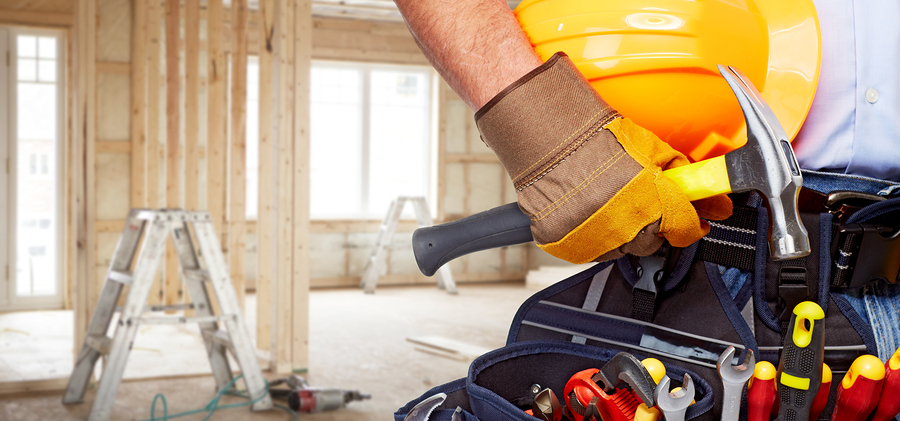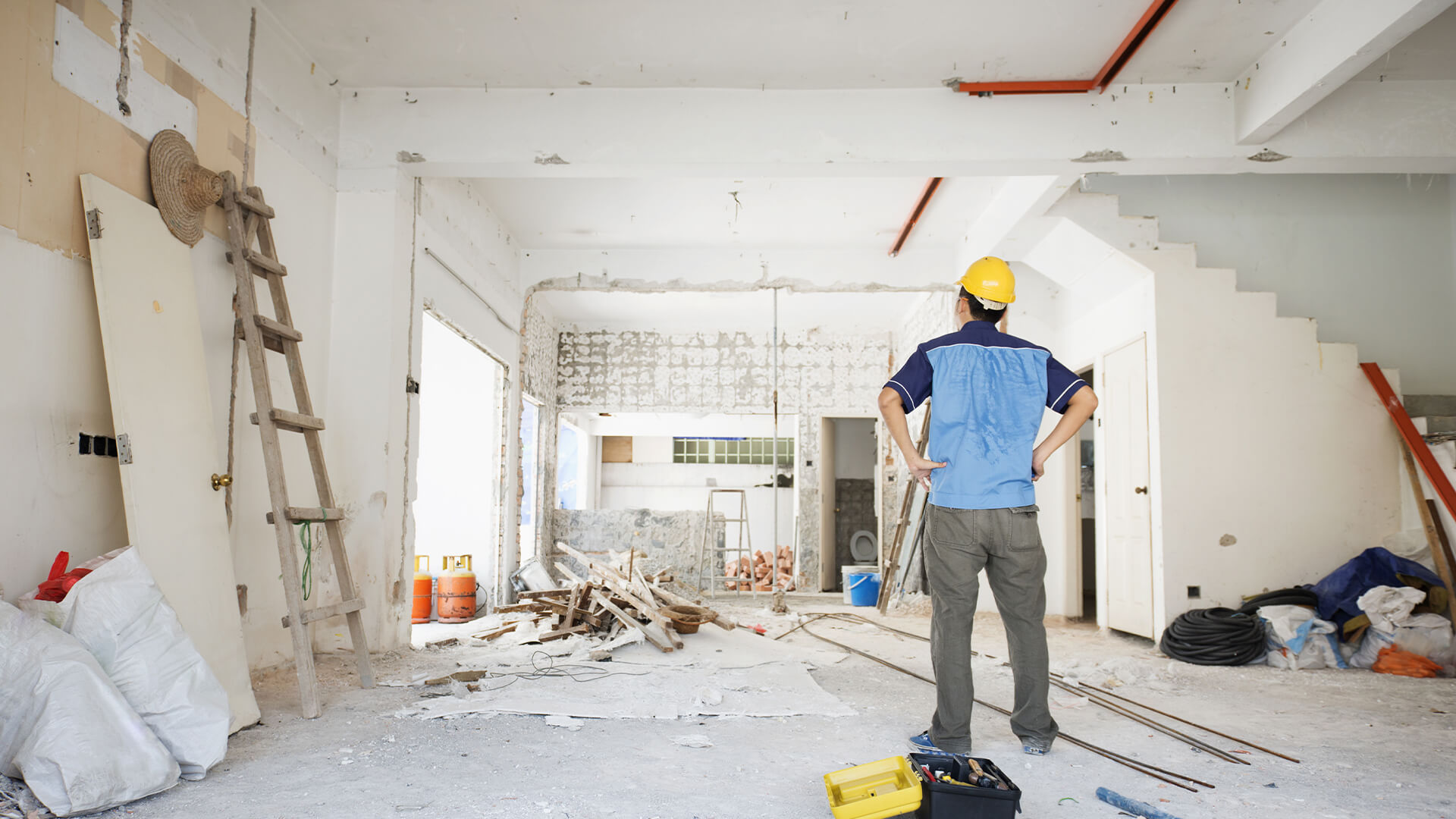We’ve been around enough remodeling jobs to know that if you want great results, you’ll need to actively manage the process — even if you’ve hired a general contractor to oversee the work. Get apathetic or lose your focus and you may pay for it — literally.

1. Avoid Allowances
An allowance is a line item in the contractor’s bid for something that’s yet to be determined. For example, if you haven’t chosen the plumbing hardware for your new master suite, the contractor will put an allowance number in the budget as a placeholder.
But with such a wide range of price points for these products, his estimate may be far lower than what you wind up spending.
Try to eliminate allowances by sorting out all of your material and product selections before the contractor gives you an itemized bid for the job. Otherwise, do enough shopping to give the contractor an accurate ballpark price for the materials you’re considering.
2. Establish Good Communication
Ask the contractor how he prefers to communicate with you. Good options include:
- Being onsite and talking with your contractor every morning before work begins.
- Have your contractor’s cell phone number and the OK to call or text anytime.
- Talking with the job foreman every day at a pre-determined time.
Try to meet with the project leader at least once a day. This is an opportunity for you to hear progress reports and find out what work is scheduled over the coming days — and to ask your questions and voice any concerns you have.
3. Keep a Project Journal
Your project journal is your friend and ally. Use it to:
- Record progress.
- Note things you want to ask your contractor.
- Jot down ideas.
- Record product order numbers.
- Note upcoming delivery dates.
A journal helps keep communication clear and provides a record of who said what when — which could help you iron out disputes later on.
4. Track All Changes in Writing
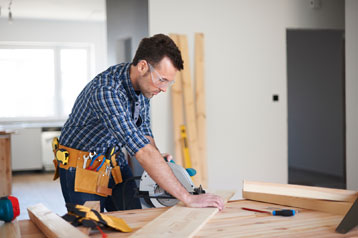
Your team may encounter unforeseen structural issues, or you may decide to include additional work as the project evolves. Any good contractor can handle these changes — just make sure that he bids them in writing first.
Specify in your remodeling contract that you want change orders in writing for anything that’s going to add to the bottom line of the job. That means the contractor must give you a description of the change and a fixed price for what it’ll cost. You both must sign the change order before the work is done.
5. Check the Work
Be proactive about checking your contractor’s work. A good time to check is when the crew has left for the day. Make notes in your journal and bring up anything you’re wondering about during your daily check-in with your contractor or job foreman. You can:
- Compare the model numbers on appliances and fixtures against your receipts, invoices, and the contractor’s bid to ensure that the right product was delivered.
- Check the locations of window and door openings against the blueprints.
- Note any quality issues, such as misaligned trim. You’re the client; you have the right to expect good work.
6. Pay Only for Completed Work
Your remodeling contract should establish a series of payments to be made when certain aspects of the job are completed. For example, your contract could stipulate that you’ll pay in three equal installments, with the last payment to be made after the project is complete, and after you and your contractor agree the work is satisfactory.
Never put down more than 10% upfront; any more than that is too much cash to hand over before any work is complete. Your contractor should be able to get any necessary supplies on credit.
7. Be a Good Customer

One of the best ways to get quality work out of a contractor and construction crew is to make them enjoy working for you. That means being decisive with the contractor — and giving him a check promptly at the agreed-to points in the project.
Being friendly and accommodating of the workers is a great way to motivate them to do their best for you. Try:
- Designating a bathroom that they can use.
- Greeting them by name each morning.
- Serving them cold lemonade on a hot day.
- Complimenting their work (as long as you feel it’s worthy of praise).






